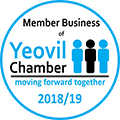 Remember the days when teachers set their pupils’ teeth on edge writing with actual chalk on dusty old blackboards? When the kids wrote out their lines in simple manila covered exercise books, correcting their mistakes with Tipp-Ex?
Remember the days when teachers set their pupils’ teeth on edge writing with actual chalk on dusty old blackboards? When the kids wrote out their lines in simple manila covered exercise books, correcting their mistakes with Tipp-Ex?
Ah, those were the days, eh? Or maybe not. There’s something to be said for modern school tech like interactive whiteboards and digital marking software.
One of the things that doesn’t seem to have changed is the amount of paperwork hanging around though. In fact, it may well be getting worse.
Some pupil records need to be kept for years, even once they’ve graduated. And that’s before you start on curricula, teaching notes, reports, employee records and the rest.
So what’s the answer? Well, you could stop letting new pupils in and just wait it out until your current records are old enough that you can get rid of them. But that’s probably not all that practical.
Or your could build a new wing to house the endless box files that are currently threatening to breach health and safety regulations. Though that might be stretching the budget somewhat.
Digital archives for schools
The best answer, as you may already have heard on the grapevine, is to go digital.
No, don’t run off! It’s really not as scary as it sounds. At Scan Film or Store we’ve got a few little tricks we use to make the whole process incredibly easy:
- First, we’ll come and visit you so that we really get to know what it is that you need. We don’t do off-the-shelf solutions; they just don’t work properly.
- Next, we’ll take a sample of your paperwork and provide you with an example of what we can do for you. At no charge.
- If you’re happy, we’ll collect your paperwork so you don’t have to lift a finger, and get it all scanned on our really rather snazzy machines.
- The data will then be indexed as closely as possible to your original system, so it’s really easy to access.
- We can even provide staff training on how to use the new digital archive, in case there are a few technophobes you need to convince.
- Oh, and then we can either store the originals in our climate controlled, 24-7 monitored storage units (with fast retrieval services available if you need them), or if they’re surplus we can destroy them securely and in compliance with data protection legislation.
So there you have it. Not quite so alarming, is it?
If you’re thinking of going digital, this is a great time to do it. With the children off gallivanting on the beach / cruising the shopping malls / sleeping in until mid-afternoon, the school should be nice and quiet. Perfect for a little light paperwork.
Just imagine going back in September and being able to get hold of little Johnny’s report from year 2 Geography at the touch of a button. Now wouldn’t that be nice?
For help getting your school’s paperwork under control, contact the genuinely friendly Scan Film or Store team today for a chat.
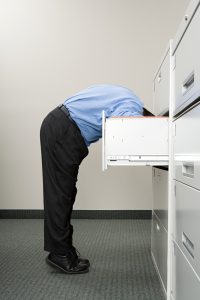 A good filing system is a thing of beauty. It works, smoothly and efficiently, allowing you to access the data you need, whenever you need it. A bad filing system, however, is likely to end up with you running around like a headless chicken because your line manager wants to see that sales report you wrote six months ago and you can’t remember whether you filed it under Sales, Reports, or some other heading that seemed sensible at the time.
A good filing system is a thing of beauty. It works, smoothly and efficiently, allowing you to access the data you need, whenever you need it. A bad filing system, however, is likely to end up with you running around like a headless chicken because your line manager wants to see that sales report you wrote six months ago and you can’t remember whether you filed it under Sales, Reports, or some other heading that seemed sensible at the time.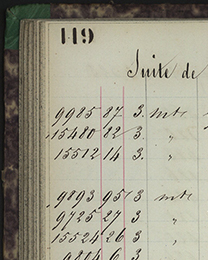 Document scanning is an interesting old business. No, we know, it doesn’t look like it from the outside. And we’re happy to admit that the majority of what we do isn’t exactly the stuff movies are made of.
Document scanning is an interesting old business. No, we know, it doesn’t look like it from the outside. And we’re happy to admit that the majority of what we do isn’t exactly the stuff movies are made of.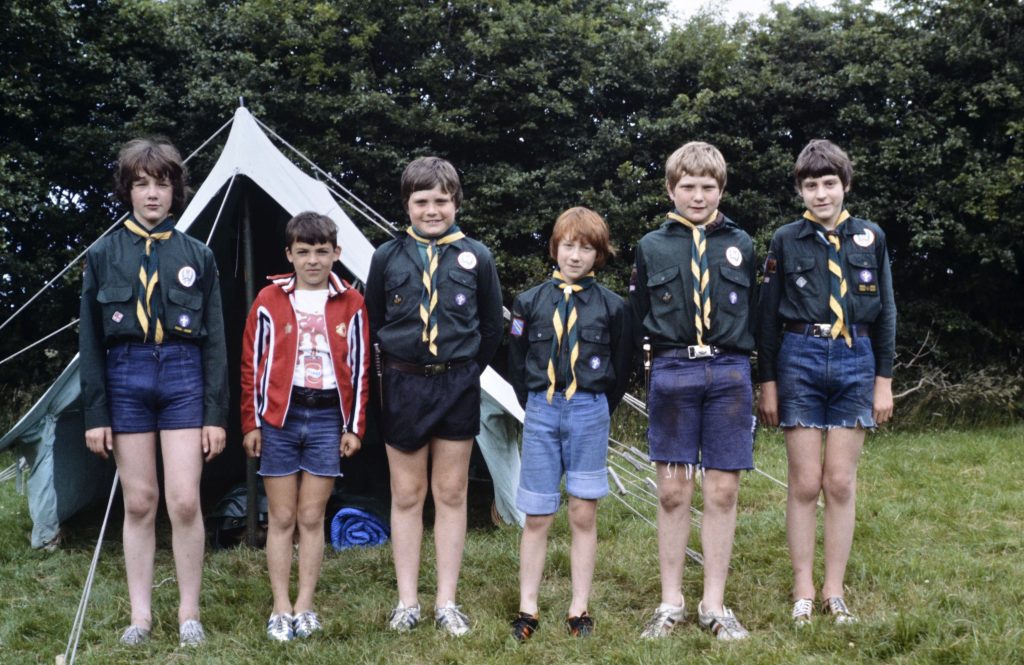 While we’re sharing ‘interesting jobs we’ve done recently’ stories, you might also be interested in another client who brought us an old cinereel film. She had no idea what condition it was in and only a rough idea of what the footage was of – the label simply bore the nickname she’d had as a child
While we’re sharing ‘interesting jobs we’ve done recently’ stories, you might also be interested in another client who brought us an old cinereel film. She had no idea what condition it was in and only a rough idea of what the footage was of – the label simply bore the nickname she’d had as a child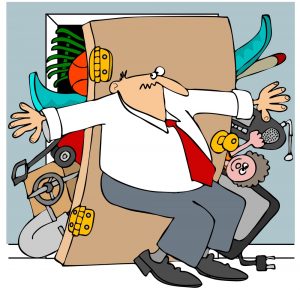 In our line of work, we come across a lot of hoarders. They acquire stuff – all sorts of stuff – and find it incredibly difficult to get rid of. Especially paperwork, for some reason. They wouldn’t call themselves hoarders, of course. But they are.
In our line of work, we come across a lot of hoarders. They acquire stuff – all sorts of stuff – and find it incredibly difficult to get rid of. Especially paperwork, for some reason. They wouldn’t call themselves hoarders, of course. But they are. As resources go, paper is pretty simple. Fantastically useful though, don’t you think? Except it’s bulky. Not one sheet on it’s own, of course. But pile together hundreds of them and you can see how offices quickly get cluttered.
As resources go, paper is pretty simple. Fantastically useful though, don’t you think? Except it’s bulky. Not one sheet on it’s own, of course. But pile together hundreds of them and you can see how offices quickly get cluttered.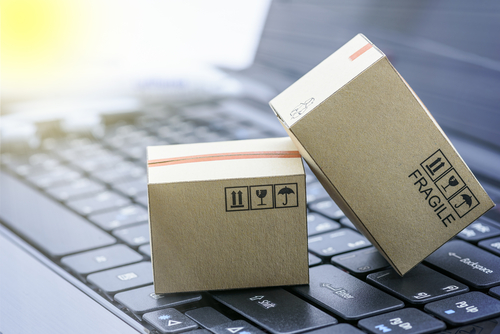 You’re moving office. Yay! Well ok, maybe not yay. Maybe it was an exciting idea when you first started talking about, and maybe – probably – it will be nice when you’re in. But now you’re faced with the pesky in-between bit, the actual moving, and that’s perhaps less fun. But it doesn’t have to be an unmitigated disaster, if you follow a few simple steps.
You’re moving office. Yay! Well ok, maybe not yay. Maybe it was an exciting idea when you first started talking about, and maybe – probably – it will be nice when you’re in. But now you’re faced with the pesky in-between bit, the actual moving, and that’s perhaps less fun. But it doesn’t have to be an unmitigated disaster, if you follow a few simple steps. Have you ever heard of Easter eggs? Not the chocolate kind. If you haven’t heard of those, you need to get yourself down to Hotel Chocolat quick smart, and take your piggy bank with you. (Pick us up a couple of gin truffles while you’re there, will you?)
Have you ever heard of Easter eggs? Not the chocolate kind. If you haven’t heard of those, you need to get yourself down to Hotel Chocolat quick smart, and take your piggy bank with you. (Pick us up a couple of gin truffles while you’re there, will you?) Document scanning is a pretty cool industry to be involved in. No, don’t laugh. Remember
Document scanning is a pretty cool industry to be involved in. No, don’t laugh. Remember 
 If there’s one thing the document scanning industry does well, it’s technology. We might not go as far as to say we love the machines we use to scan our clients’ documents, but we certainly like them a lot. (Oh, who are we kidding – we love them.)
If there’s one thing the document scanning industry does well, it’s technology. We might not go as far as to say we love the machines we use to scan our clients’ documents, but we certainly like them a lot. (Oh, who are we kidding – we love them.)




